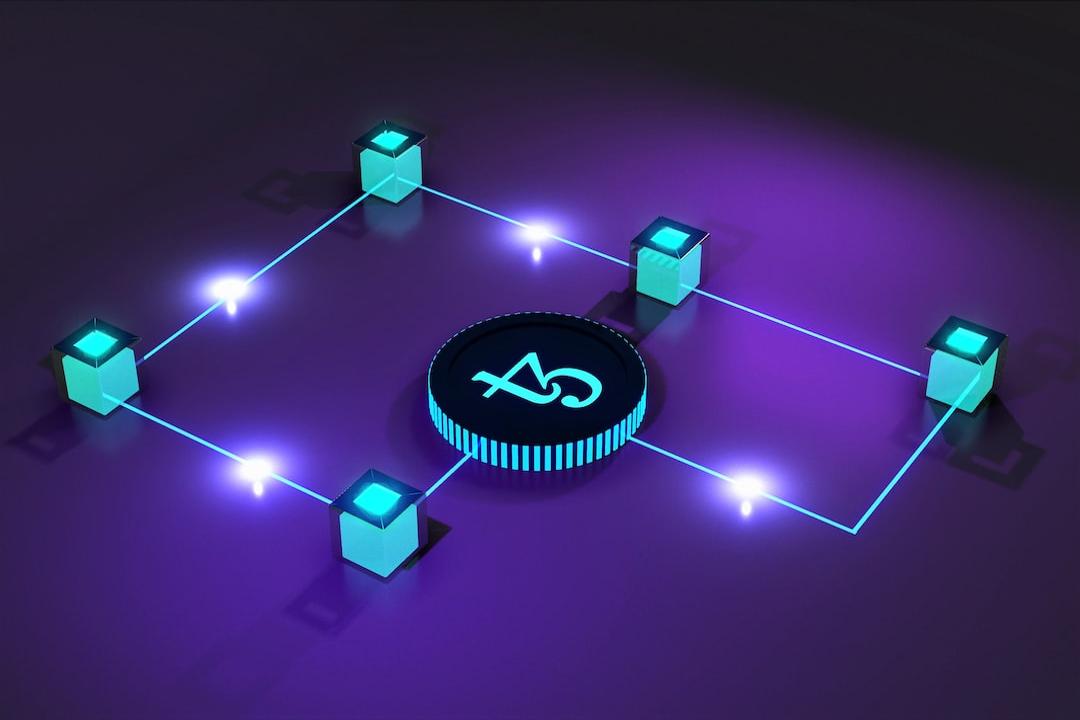The emergence of blockchain-related projects in the domain name system (DNS) and domain ecosystem is a topic of great interest in the blockchain space. One project that has gained attention is Handshake, which has the potential to revolutionize how people think about and interact with domains, especially in the context of Web3.
Handshake (HNS) is a decentralized naming protocol that allows for peer-to-peer communication and provides an alternative to centrally managed domain names like .com and country-code domains. It aims to serve as an alternative to the current default root chain of the DNS, which is managed by ICANN. The current process of creating top-level domains (TLDs) is tedious, complex, expensive, and highly centralized, making it vulnerable to hackers and corruption. Handshake aims to change this system by offering more efficient, affordable, and secure Handshake top-level domains.
Compared to traditional DNS, Handshake operates similarly but with a different root zone file. The goal is not to replace the current DNS infrastructure entirely, but to introduce a Handshake alternative that is compatible with existing TLDs. Handshake has reserved TLDs for managing organizations to claim over the next three years to ensure compatibility.
A Handshake domain works by distributing website addresses through auctions using the Handshake protocol’s cryptocurrency, HNS. The auctions are held every two weeks, and the winner pays the second-highest price using a sealed-bid auction format. This ensures fair treatment and efficient allocation of domain names.
The Handshake blockchain operates similarly to the Bitcoin blockchain, with miners running the Handshake software to unlock newly minted HNS tokens. New blocks are added to the blockchain every 10 minutes, and miners are rewarded with 2,000 HNS. The maximum supply of HNS is 2.04 billion.
Handshake domains have various use cases, such as selling subdomains, secure logins, URL shorteners, decentralized content hubs, email addresses, website deployment, and social networking usernames.
To register a Handshake domain, users can participate in auctions using HNS or use domain registrar Namecheap, which offers registration services for Handshake domains. Accessing a Handshake domain requires using the Handshake software or browser extensions, among other options.
Handshake domains offer advantages like enhanced privacy and control, flexibility in usage, and participation in domain auctions. They also contribute to a more decentralized internet, which can be more stable and resilient. However, there are barriers to entry for non-tech-savvy users and complexities in setting up and using alternative domains.
The future of Handshake domains lies in the move towards Web3 blockchain domain name systems, providing simpler and shorter domains for online use. Handshake aims to offer better control of data, security, and privacy while keeping things decentralized. However, accessibility, registration, and browser support are still in the hands of traditional infrastructure. The conflict between Handshake TLDs and potential future ICANN TLDs may complicate domain usage. The role of ICANN and the process of transitioning to decentralization remain uncertain. Only time will tell if services like Handshake will be widely adopted or fade away.

